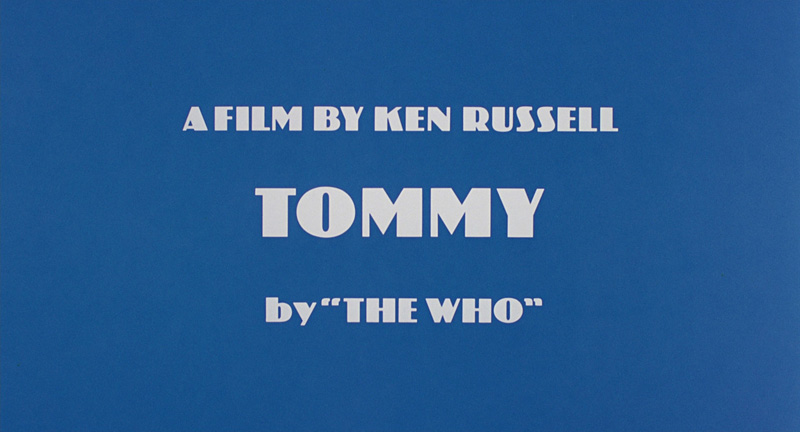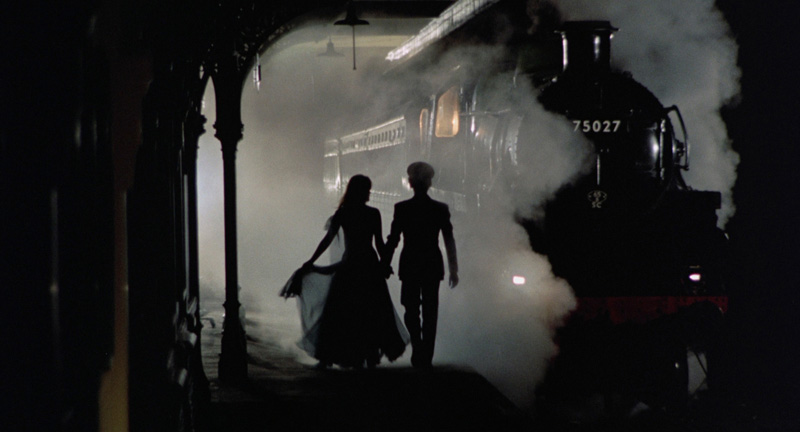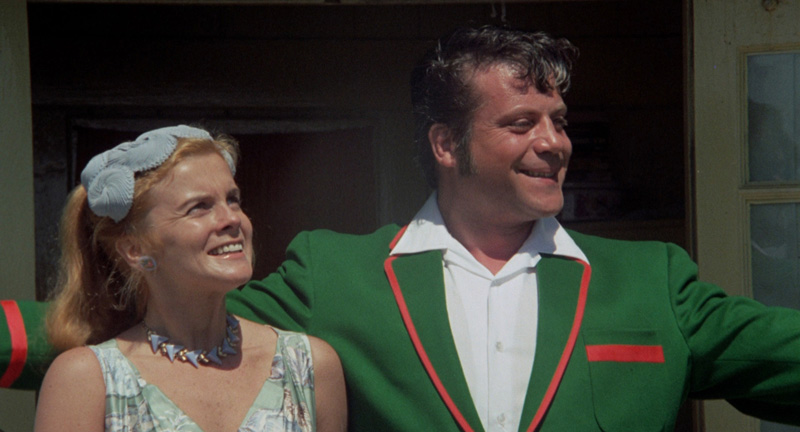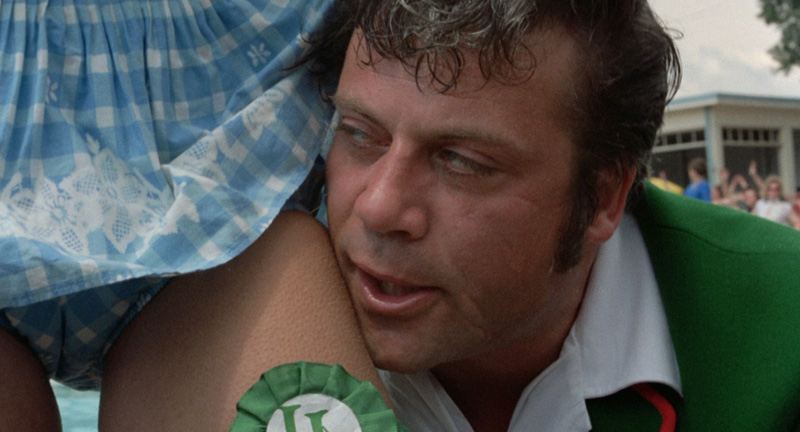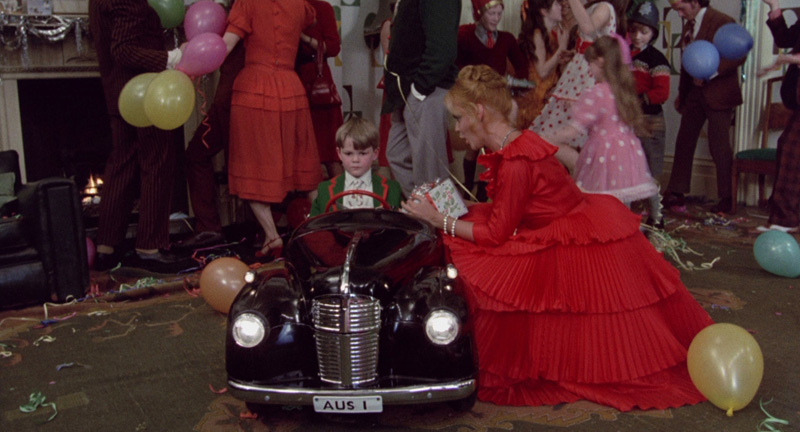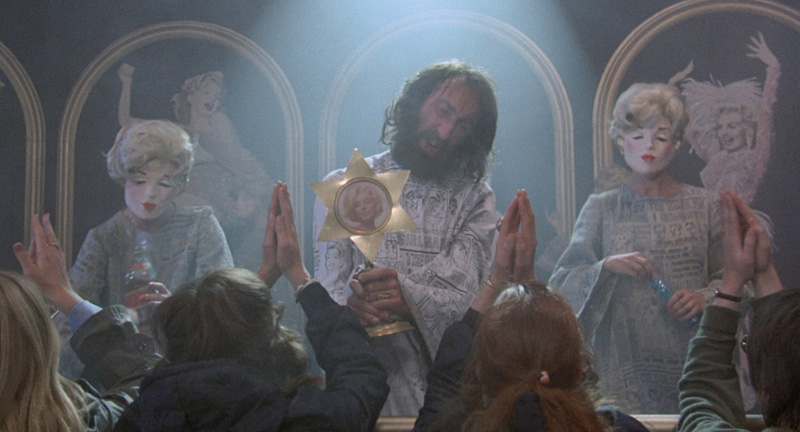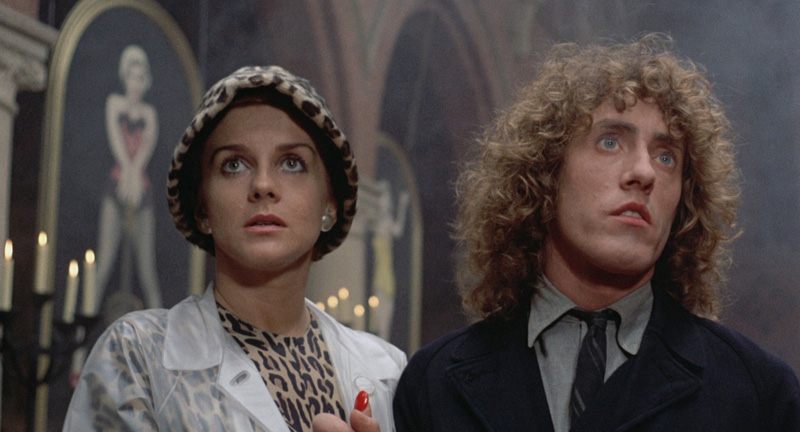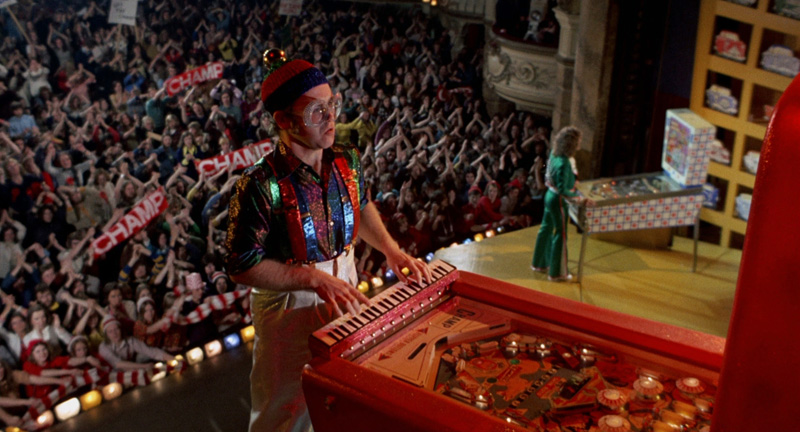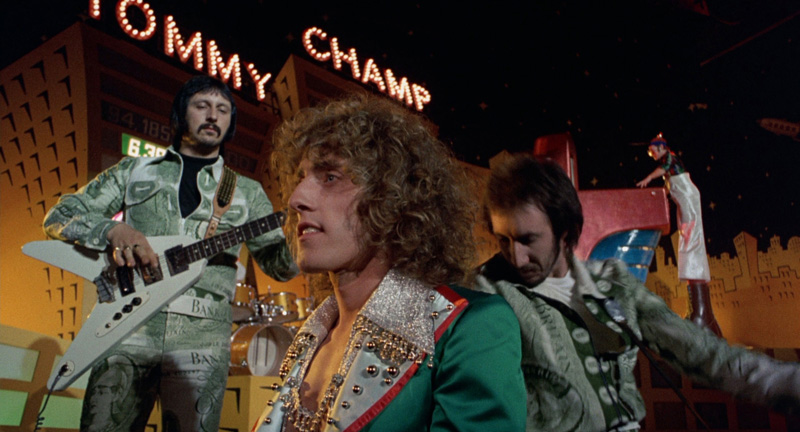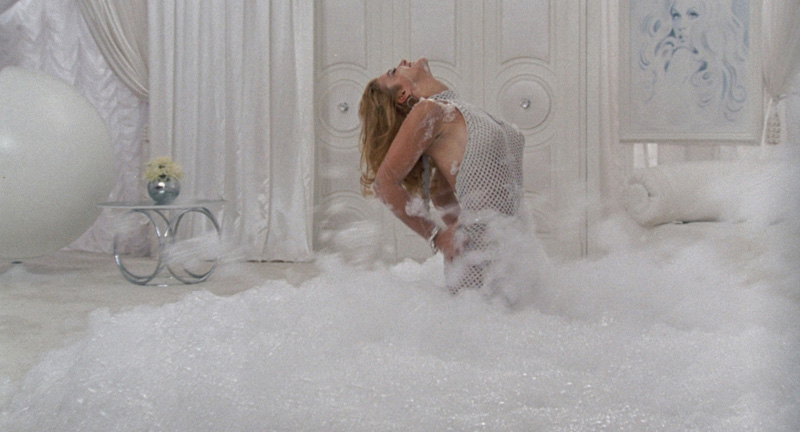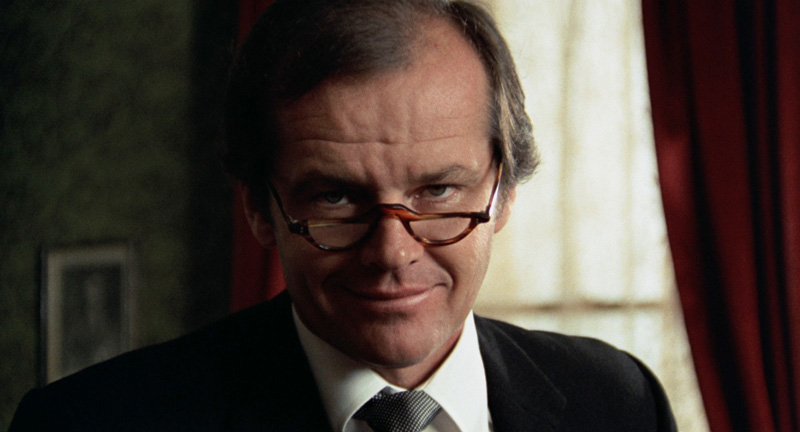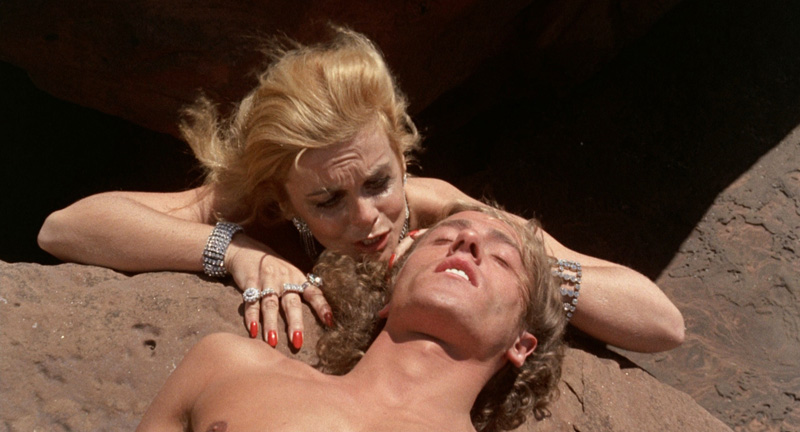Review by Leonard Norwitz
Production:
Theatrical: Robert Stigwood Organization
Blu-ray: Sony Pictures Home Entertainment
Disc:
Region: FREE!
Runtime: 1:51:30
Disc Size: 35,293,085,982 bytes
Feature Size: 32,804,603,904 bytes
Video Bitrate: 27.91 Mbps
Chapters: 16
Case: Blu-ray Amaray case
Release date: September 7th, 2010
Video:
Aspect ratio: 1.85:1
Resolution: 1080P / 23.976 fps
Video codec: MPEG-4 AVC Video
Audio:
DTS-HD Master Audio English 4340 kbps 5.0 / 48 kHz / 4340
kbps / 24-bit
DTS-HD Master Audio English 4760 kbps 5.1 / 48 kHz / 4760
kbps / 24-bit
Subtitles:
English, English SDH, French & none
Extras:
• BD Live
• Movie IQ
Description: Ah - those Sixties and Seventies! What a
peculiar time for America. Everyone thought Edward R. Murrow
had killed Joseph McCarthy and everything he stood for, but
the powers that be led us right into Vietnam without
blinking, believing that somehow Communism would sweep over
the world like Nazism if we didn’t stop its spread in
Southeast Asia. Our particular brand of nihilistic paranoia
and the conspiracies that grew out of it – and still do –
found expression and reaction in everything from Vietnam to
The Parallax View to rock music, and its attempt to
find its way into the mainstream: that often jittery art
form that came to be known as the rock opera/musical. There
was Hair (1967), Godspell (1971), Jesus
Christ Superstar (1971), The Rocky Horror Picture
Show (1975) and The Who’s entry into this rarified
world: Tommy – first on LP in 1969, then in 1975
immortalized by that most flamboyant of film directors, Ken
Russell. (Funnily enough, Tommy didn’t find its way
to a major stage production until 1992.) Russell was over
forty in 1969 when he directed his breakthrough feature
film, an adaptation of D. H. Lawrence’s Women in Love with
Alan Bates, Oliver Reed and Glenda Jackson. The Devils
(again starring Oliver Reed plus a delusional Vanessa
Redgrave) followed two years later, along with The Boy
Friend (a film I enjoyed despite generally tepid
reviews). Tommy came four years later. Russell
evidently enjoyed music and musical artists (notably
Tchaikovsky in The Music Lovers, Liszt and Mahler),
but he seemed more interested in Tommy’s potential
for a riotous, razzle-dazzle circus of color, costumes,
fantastic sets and eye candy in all sorts of flavors.
The Film:
6
Russell’s adaptation follows Pete Townshend’s double-LP for
the most part except in one crucial detail, and one I
approve of altogether. Tommy is the child of Nora (Ann-Margret,
in a Golden Globe winning performance) and Captain Walker
(Robert Powell), who is sent off to war in the RAF at the
onset of WWII. Presumed dead, Nora takes up with Frank Hobbs
(Oliver Reed), a snake oil charmer, with and without the
snakes. When Tommy is about six his father returns only to
find Nora and “Uncle Frank” in flagrante. Frank kills Walker
(Townshend originally had it the other way around) and he
and mom caution Tommy that he sees, hears and says nothing
of what just happened – a demand that Tommy takes to heart
quite literally. From then on until his epiphany quite some
way into the movie, he is as if deaf, dumb and blind, a fact
that leads Nora to seek out all manner of low-lifes,
pseudo-professionals and dilettantes -Tina Turner as the
“Acid Queen,” The Preacher (Eric Clapton) cousin Kevin (Paul
Nicholas) and Dr. Quackson (Jack Nicholson) - to “help”
Tommy. One day, in a junkyard, Tommy (now a wide-eyed, near
catatonic Roger Daltry) comes across a pinball machine – and
the start of a career that would bring him fame, thanks to
his match with the Pinball Champ, played by a glittering
Elton John, and eventual worldwide attention as a religious
cult leader.
Image:
8/9
NOTE:
The below
Blu-ray
captures were taken directly from the
Blu-ray
disc.
Tommy lives or dies in its color and music. The Blu-ray does
a splendid job of bringing to life the intentions of its Art
Director, John Clark and Costume Designer, Shirley Russell
(wife of...) Running their transfer at a deservedly solid
bit rate, Sony’s colors are rich and exuberant, with
eye-popping contrast where the source material calls for it.
Russell uses a number of films stocks and processing
techniques which, at times, flatten the image or produce
more or less grain. In any case I don't see that Sony has
made any attempt to ameliorate the situation. There are
precious little transfer issues or noise to speak of.
CLICK EACH
BLU-RAY
CAPTURE TO SEE ALL IMAGES IN FULL 1920X1080 RESOLUTION
Audio & Music:
5/7
I wish I could say the same for the music but despite its
uncompressed 5.1 (or the original quintaphonic 5.0 DTS mix,
the music - band and vocals (keep in mind that there is no
spoken dialogue for the entire movie) - is without nearly
the punch and clarity obtained in the LP. Still there is a
fat sense of space that seems appropriate with music at
times emanating from this corner and that. Vocal syncing is
generally abysmal as, too often, are the instruments. The
scene with Clapton and The Who is a dramatic case in point:
there is little connection between what we see and what we
hear. As for the music, The Who are purely a matter of
taste, though if the audio were better I think I would have
found the band and the singing less noisy.
Extras:
1
BD Live and a Movie IQ that turns out not be very smart
after all.
Bottom line:
7
I don’t imagine Tommy will look better on home video in my
lifetime, and though the audio is far less than killer, it
may never have sounded much better.
Leonard Norwitz
September 21st, 2010
![]()
![]()

![]()
![]()
![]()
![]()

![]()
![]()


